Published in the Sunday Anandabazar Patrika(ABP) on 17 August 2025
In today’s fast-paced world, don’t we all crave a pause, a deep breath, and a place where nature lives in every breath? Sometimes, you long for a destination not just to see with your eyes, but to feel deeply from within. A place where time seems to freeze, the mind finds calm, and your inner voice gets space to breathe. And no, you don’t need to go abroad to find such a place. India is home to many such gems, and one of them is Araku Valley in Andhra Pradesh. Just 120 kilometres from Visakhapatnam, Araku is nestled among lush green hills and misty villages. The valley showcases natural wonders like the Borra Caves, the soothing sound of Katiki Waterfall, stories within the Tribal Museum, and the rich aroma of organic coffee blended into everyday local life. The artistry of the Gond and Koya tribes, their handwoven textiles, and their cultural presence transport you into another world. As you witness all this, you unknowingly become a part of their culture. 'Araku Coffee' has now become an international brand. The global recognition it has earned and the sense of pride it brings to the locals is the real treasure of this region. The second colour in this journey is Vizag, also known as Visakhapatnam – a modern and well-developed city nestled beside Araku Valley. With the sea by its side and waves for company, this city offers a unique glimpse into Eastern India. Places like Ramakrishna Beach, Rushikonda Beach, the INS Kursura Submarine Museum, and the Eastern Naval Command make this city not just a tourist destination, but a symbol of India’s strategic and cultural pride. Its Simhachalam Temple, Kanaka Mahalakshmi Temple, delicious seafood, traditional Andhra meals, and vibrant festivals make Vizag a place that stays in your heart. In 2024 alone, 51,000 international tourists visited this region, proving just how special Araku and Vizag are on India’s travel map. Your next travel dream could be anything, but this green canvas deserves to be painted with your colours at least once. Because places like these are not just seen with the eyes, they are felt on the deepest level of the heart.
Oh! I didn’t know this…
Just hearing the name Dracula makes you feel nostalgic. It brings back memories of the stories we read as children. A mist-covered mountain, a mysterious castle perched on top, a whispering voice from somewhere, and the bloodthirsty Dracula. It used to send chills down the spine! But did you know? That castle isn’t just a story. It actually exists. Its name is Bran Castle. Located on the border between Transylvania and Wallachia in Romania, this grand stone castle, built in Gothic style, began construction in 1377. Standing tall on a mountaintop, it is a living piece of history. Thick walls, narrow winding staircases, secret doors; everything makes you feel like you’re inside a mysterious movie. The castle has more than 60 rooms, including royal chambers, dining halls, music rooms, and servant quarters. Its main attraction is the thrilling Dracula-themed exhibitions, which are both spooky and fun! The surrounding beauty of the Carpathian Mountains, local markets, handmade souvenirs, and the region’s unique café culture attract tourists from around the world. Bran Castle was originally built to protect the border. Its main role was to defend Transylvania from Ottoman invasions. Later, in 1920, after Transylvania became part of Romania, the castle was gifted to Queen Marie of Romania. Today, Bran Castle hosts Dracula-themed guided tours, night tours, and Halloween events throughout the year. In 2023 alone, more than one million tourists visited the castle.
If you love immersing yourself in history, have a fascination for mystery and thrill, and still carry the curiosity to hear stories then Bran Castle is just the place for you. So come, step out of the stories and into reality, and join Veena World on the Romania, Bulgaria, Serbia, and North Macedonia tour to experience the incredible truth of Dracula at Bran Castle!
Veena World Women’s Special
The high of travel never wears off!
- I’m from Goa, and even at 72, the traveller in me is as energetic as ever! Back in 2019, I went on my first Women’s Special tour with Veena World to Shimla, Kullu, and Manali. Since then, travel has become a way of life. Barring the two lockdown years, I’ve completed 16 tours in five years; 9 within India and 7 abroad! Last year, I received my US visa, and today, I’m living my dream on a 15-day Veena World tour of the United States, my 17th tour with them! In India, I’ve explored Ladakh, Sikkim-Darjeeling-Gangtok, Varanasi, Assam-Meghalaya, Bhubaneswar-Puri-Konark, Pondicherry-Mahabalipuram, Rajasthan, and Kashmir. Internationally, I’ve visited Australia, Japan, Turkey, Croatia-Slovenia-Hungary, Vietnam, England-Scotland-Ireland, and Scandinavia. Of all these, Australia stole my heart; not just for its beauty, but its cleanliness and discipline. Another magical experience was seeing Kashmir during tulip season. I began with Women’s Special tours, but now I often join group tours with friends I made along the way. Whenever a destination catches my eye, I don’t wait, I book it! With my children settled, this is my time to live life on my terms. Why Veena World? Because of their excellent hotels, caring tour managers, and seamless planning. Next on my list: Spain, Portugal, and Egypt. I usually take 3–4 tours a year. The moment one ends, a new dream begins, because travel is my ultimate high. And once you’re hooked, there’s no coming down. Thankfully, Veena World keeps my travel passion alive! Roshan Karekar, Goa.
My Private Holiday!
My Choice, My Pace, My Budget, My Family Time!
With Veena World Customized Holidays, explore New Zealand your way.
Ever dreamt of a holiday where every single day brings a new landscape, a new thrill, and a new memory? A journey where you get to experience everything, from majestic glaciers to steamy geysers, sun-kissed beaches to rolling vineyards, and soothing hot springs to snow-draped mountains, all in one incredible trip? The Great New Zealand Train Journeys is exactly that kind of holiday. This 15-day customized experience, specially designed by Veena World, is a celebration of nature, adventure, and soul-stirring beauty. Covering eight breath-taking cities, your journey begins in Auckland and unfolds with the geothermal wonders and Māori culture of Rotorua. Then comes the magical Hobbiton movie set that feels straight out of a fantasy. You’ll fall in love with Wellington’s artsy charm, enjoy wine tasting in Blenheim, and take in the architectural beauty of Christchurch. Witness the stunning Franz Josef Glacier from a scenic train ride. In Queenstown, The Adventure Capital of the World, try bungee jumping, skydiving, jet boating, or simply soak in the views. A chance to go whale watching in Kaikōura and a tranquil cruise at Milford Sound add to the magic. And of course, there’s Lake Tekapo, with its dazzling blue waters. But the real heartbeat of this holiday lies in its three iconic train journeys; Northern Explorer, Coastal Pacific, and the legendary TranzAlpine, each offering a cinematic experience through New Zealand’s most spectacular landscapes. This special 15-day adventure, The Great New Zealand Train Journeys, is brought to you at an incredibly affordable price. So what are you waiting for? Contact the Veena World Customized Holidays team today and let your dream holiday come to life. Just don’t wait too long… or you might miss the train!
Around the World Style! Speed! Science!
Imagine this; the deafening roar of an engine, a racing car taking turns at a speed of 370 kilometres per hour, and a split-second decision that could decide victory or defeat! That’s exactly what Formula One is, the world’s fastest and most cutting-edge motorsport. A thrilling fusion of speed, technology, and adrenaline! Every year, 24 high-octane races take place across the globe, from Europe to the Americas, from Saudi Arabia to Japan. Teams like Mercedes, Red Bull, McLaren, and Ferrari hit the tracks with their ultra-advanced cars, top-tier drivers, and brilliant engineers. From the driver's helmet to the car’s aerodynamic design to the lightning-fast two-second tyre changes, it’s all a mind-blowing showcase of science in motion. Formula One is also racing towards sustainability. With a pledge to reach net carbon zero by 2030, the adoption of sustainable fuels, and smart innovations, F1 is driving toward the future. In India too, its popularity is growing rapidly among the youth. You too can experience the world’s fastest race, Formula One!
Intangible
There’s a word that has always fascinated me: intangible. The Oxford Dictionary defines it as something that exists but is difficult to describe, understand, or measure.
It’s elusive, almost poetic. It can’t be touched or contained, yet it shapes how we feel, react, and remember. It’s the laughter around a dinner table, the rhythm of a drumbeat, the joy of ice cream in sweltering heat, the scent of herbs simmering in a clay pot, or the chant of monks at dawn. You can’t bottle it or pin it on a map—but it lingers long after the journey ends.
I recently attended a tourism event hosted by Uzbekistan—a country rich in history and hospitality. As they showcased their gems, one detail caught my attention: Uzbekistan has 14 elements inscribed on UNESCO’s Representative List of Intangible Cultural Heritage. That number made me pause. It seemed incredible—and it made me wonder: what exactly is UNESCO Intangible Cultural Heritage?
We all know UNESCO World Heritage Sites. Many of us build bucket lists around them—Taj Mahal, Great Wall of China, Machu Picchu, Colosseum. We “tick off” these landmarks with selfies, stories, and passport stamps.
But intangible heritage? That’s not something we usually plan for. Often, we experience it without realizing it. Yet it’s the heartbeat of a culture. According to UNESCO, intangible cultural heritage is the living expression of a community—its practices, expressions, knowledge, and skills passed down through generations. These aren’t static museum displays. They’re living, breathing traditions: a lullaby in Vietnam, the rhythm of feet in a Garba circle in Gujarat, or the poetic banter in an Uzbek courtyard.
UNESCO began formally recognizing these traditions in 2003—not just to preserve them, but to celebrate them as essential parts of our shared human story. They are the unseen threads that bind us. The culture you can’t frame in a photo but take home in your heart.
As of 2024, UNESCO has recognized over 600 intangible cultural traditions from across the world—from rituals and dances to crafts, performances, and clothing styles. Unlike monuments frozen in stone, these are traditions that move, evolve, adapt—and welcome you in. Traveling through them is like walking through the soul of a culture—one chant, dish, or handcrafted object at a time.
Let’s face it—in today’s social media world, travel often becomes a checklist. We chase sunsets, palaces, temples, and viral moments. And that’s perfectly fine—we all want beautiful memories! But sometimes, in capturing the picture-perfect, we miss the moments that make a place unforgettable. Because often, a destination isn’t just a dot on the map. It’s a performance, a festival, a ritual, a conversation—waiting for you, if you slow down just a little.
India, for instance, is home to one of the richest collections of UNESCO-listed intangible heritage. And it's easy to see why. Here, culture is not just observed—it’s lived, sung, danced, cooked, chanted, and celebrated in daily life.
Take Garba, the mesmerizing folk dance of Gujarat, recognized by UNESCO in 2023. During Navratri, towns transform into glowing whirlpools of music and motion. Thousands gather each evening to dance in circles, clapping and twirling in joyous rhythm. It’s not a performance—it’s participation. I invited myself to a friend’s home in Ahmedabad during Navratri and ended up jumping into the celebration. After a few warm-up rounds, I was spinning away in the circle, laughing and sweating with the crowd. Yes, we visited the stunning Adalaj Stepwell and Gandhi Ashram, but the highlight? Dancing at the local Navratri celebration. That’s what stayed with us.
Meanwhile, during the same season in Kolkata, Durga Puja transforms the city into a glowing, living canvas of devotion and creativity. Added to UNESCO’s list in 2021, this ten-day celebration brings the city alive with elaborate goddess sculptures, dazzling light installations, music, food stalls, and midnight revelry. It’s sacred, artistic, and social—all at once.
Some traditions feel like stepping into ancient theatre. Take Kutiyattam, one of the oldest Sanskrit theatre forms in the world, performed in candlelit temple spaces in Kerala over several nights. Or Ramlila, the folk retelling of the Ramayana, enacted across North Indian towns during Dussehra. With fireworks, musicians, and street parades, these aren’t just rituals—they’re immersive performances, layered with mythology and emotion.
Then there’s the Kumbh Mela, the world’s largest spiritual gathering, held every 12 years in rotating cities. Recognized by UNESCO in 2017, it draws tens of millions of pilgrims. I attended the Ardh Kumbh in Prayagraj in 2019, and the sheer scale of devotion—the river dips, chanting sadhus, and sacred processions—was overwhelming in the best way. Even if you miss the main event, the next Ardh Kumbh is just six years away.
And of course, Yoga—India’s most global intangible heritage. While yoga studios exist on every continent now, traditional retreats in Rishikesh or Karnataka offer something deeper. These are journeys into yogic philosophy, chanting, meditation, and mindful living. Our inbound holidays division once hosted a yoga retreat for over 150 international guests—with Spanish interpreters, traditional meals, and sunrise sessions by the river. Sometimes I wonder—why don’t more Indians travel for such experiences within our own country?
Many traditions also transcend national borders. Nowruz, the Persian New Year, is celebrated during the spring equinox across Iran, Central Asia, Afghanistan, India, and Pakistan. With fire-jumping, symbolic tables (Haft-Sin), and feasting, it’s a celebration of renewal, rebirth, and hope. Whether in Tehran or Tashkent, the essence remains beautifully shared.
In Southeast Asia, the Kebaya—a traditional blouse-dress worn in Indonesia, Malaysia, Singapore, Brunei, and Thailand—represents a shared cultural legacy through fashion. Visit a kebaya workshop in Yogyakarta or Kuala Lumpur and you’ll see embroidery techniques passed down through generations, each thread a story.
And some traditions survive purely through hands—hands that stitch, carve, shape, and strike. In Idrija, Slovenia, bobbin lace-making is passed from grandmother to granddaughter. Local workshops and lace festivals offer visitors the chance to watch this artistry unfold—delicate designs spun thread by thread.
In Slovakia, bagpipe culture is very much alive. These aren’t relics—they’re handmade instruments crafted by specialists, played during festivals alongside folk storytelling and dance. Meet a bagpipe maker in a countryside village, and you’ll find yourself in the heart of living tradition.
In Spain, if you’re ever in Castilla-La Mancha or Murcia during Holy Week, listen closely. The Tamboradas—drum processions involving thousands—fill the streets with thunderous, synchronized beats. It’s haunting, powerful, and unforgettable.
So what really makes a trip unforgettable? It’s rarely just the famous landmarks. It’s the moment you step into a village square and join a dance. It’s the sound of a lullaby you don’t understand—but feel deep in your bones. It’s the scent of local food, the warmth of a host, the brushstroke of a craftsperson, the flicker of an oil lamp at dawn.
UNESCO’s list of intangible heritage isn’t a checklist—it’s an invitation. To experience culture where it truly lives—in song, in movement, in festivals, and in memory. And honestly, you don’t need UNESCO to tell you what’s meaningful. We all carry our own personal lists.
When I sat down to write this, I asked myself: how many of these experiences had I lived? I’ve danced Garba in Gujarat, celebrated Durga Puja in Kolkata, attended Ardh Kumbh in Prayagraj, and recently started practicing yoga with more intention. I’ve had conversations in broken Spanish with a farmer in a vineyard who gave me the sweetest grapes, admired the delicate carvings of a local vendor in Hoi An, and shared vegetarian food in a quiet monastery in Taiwan. Without knowing it, I’ve been collecting my own list for years.
And I know that all of us at Veena World, in our own way, have always believed in creating such journeys. Our itineraries—whether designed for leisure or luxury—are filled with moments like these: tango dancing in Argentina, enjoying gelato in Italy, sipping Vietnamese coffee on a street corner. Our luxury tours now feature everything from yoga with Himalayan views to floating breakfasts and guided meditation with monks. Not everything is on a UNESCO list—but each one leaves a lasting mark.
So what about you? Write to me. What tradition will you step into next—not just to observe, but to feel, taste, and carry with you, long after the journey ends?










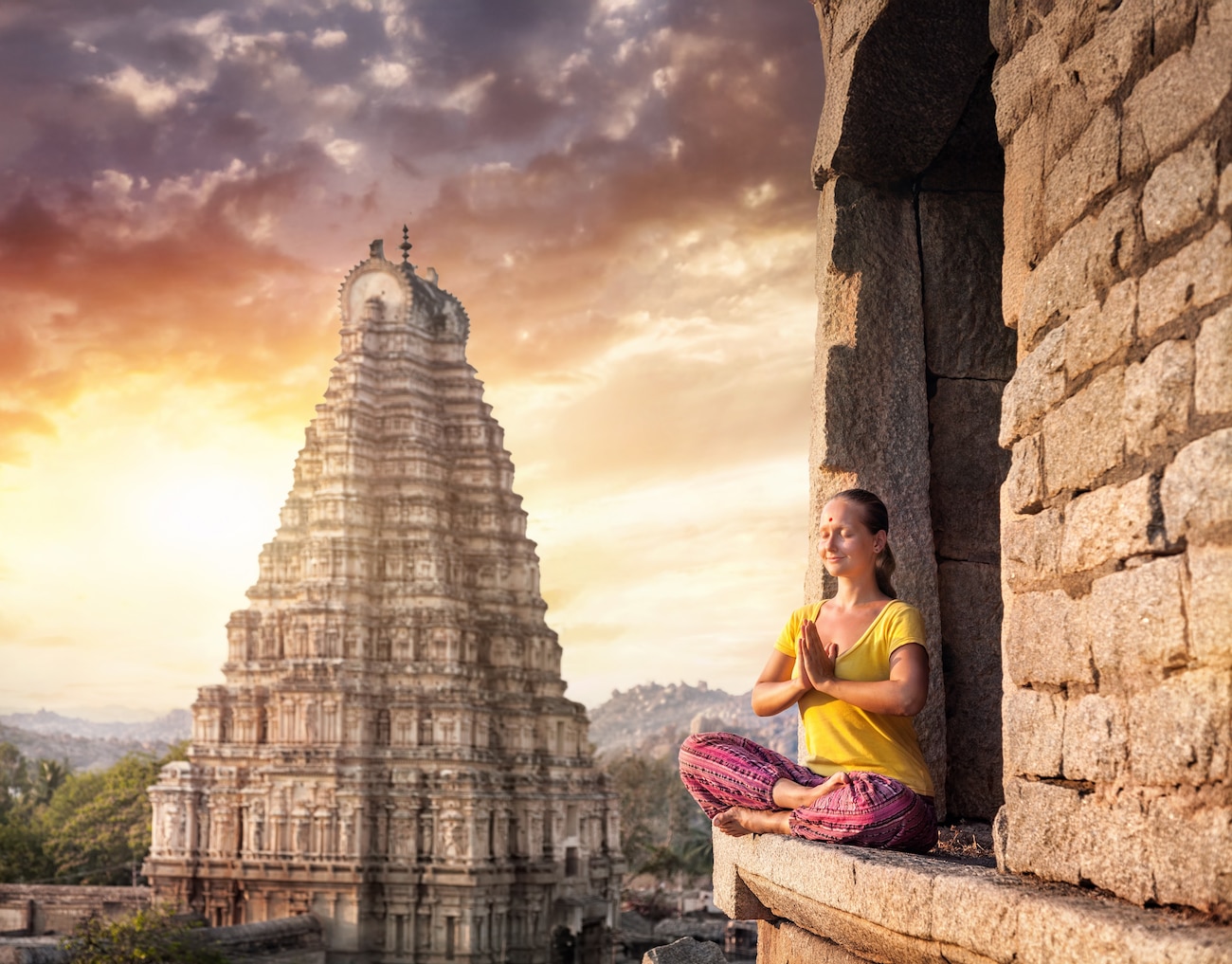
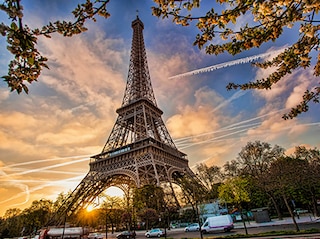
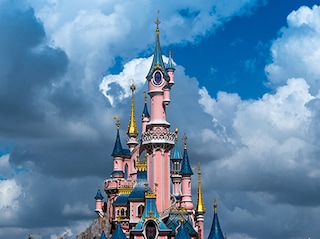
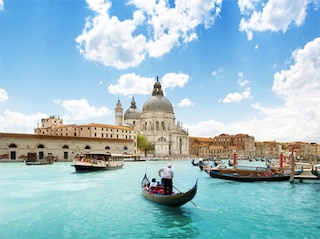
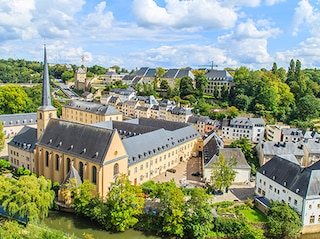
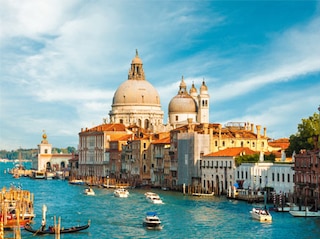


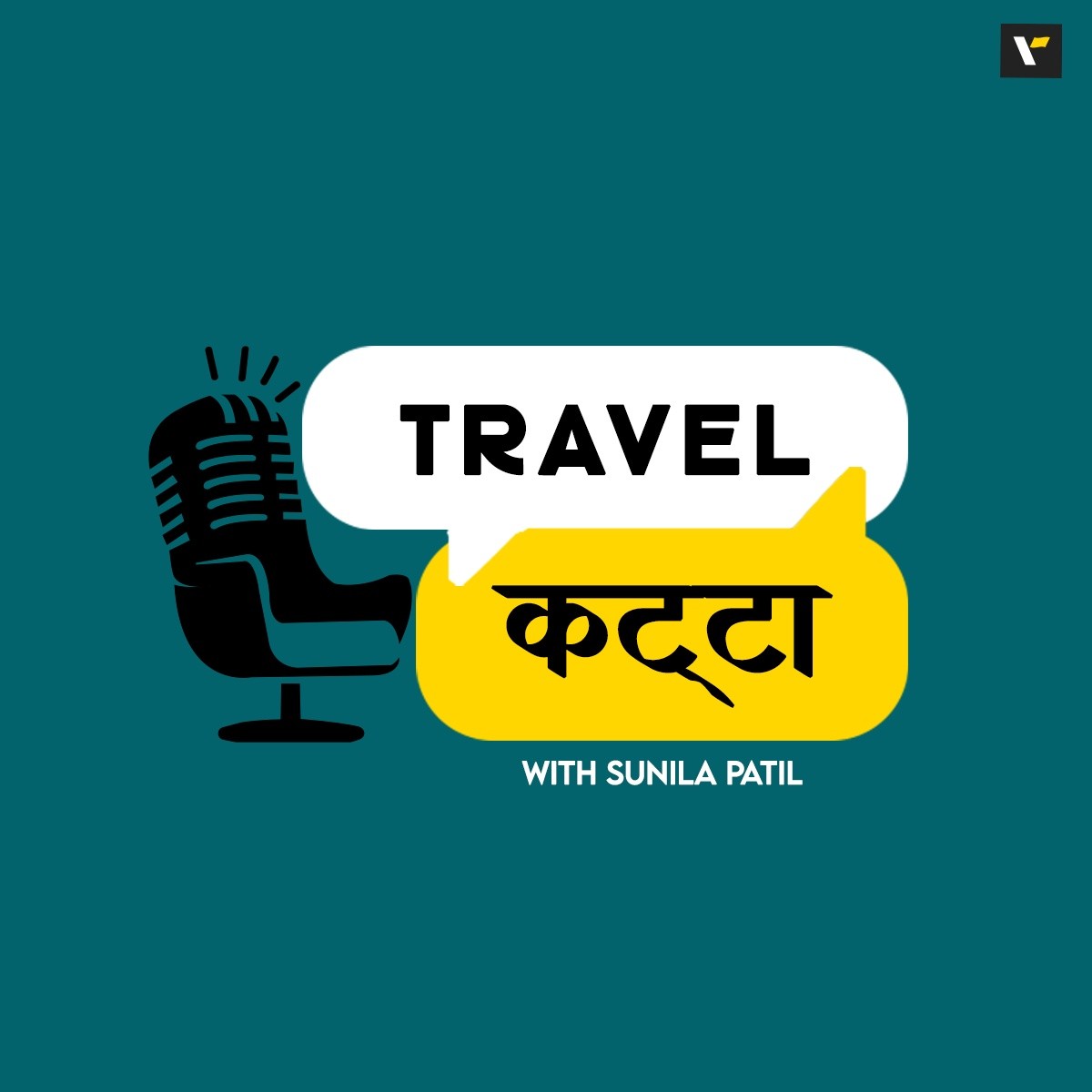
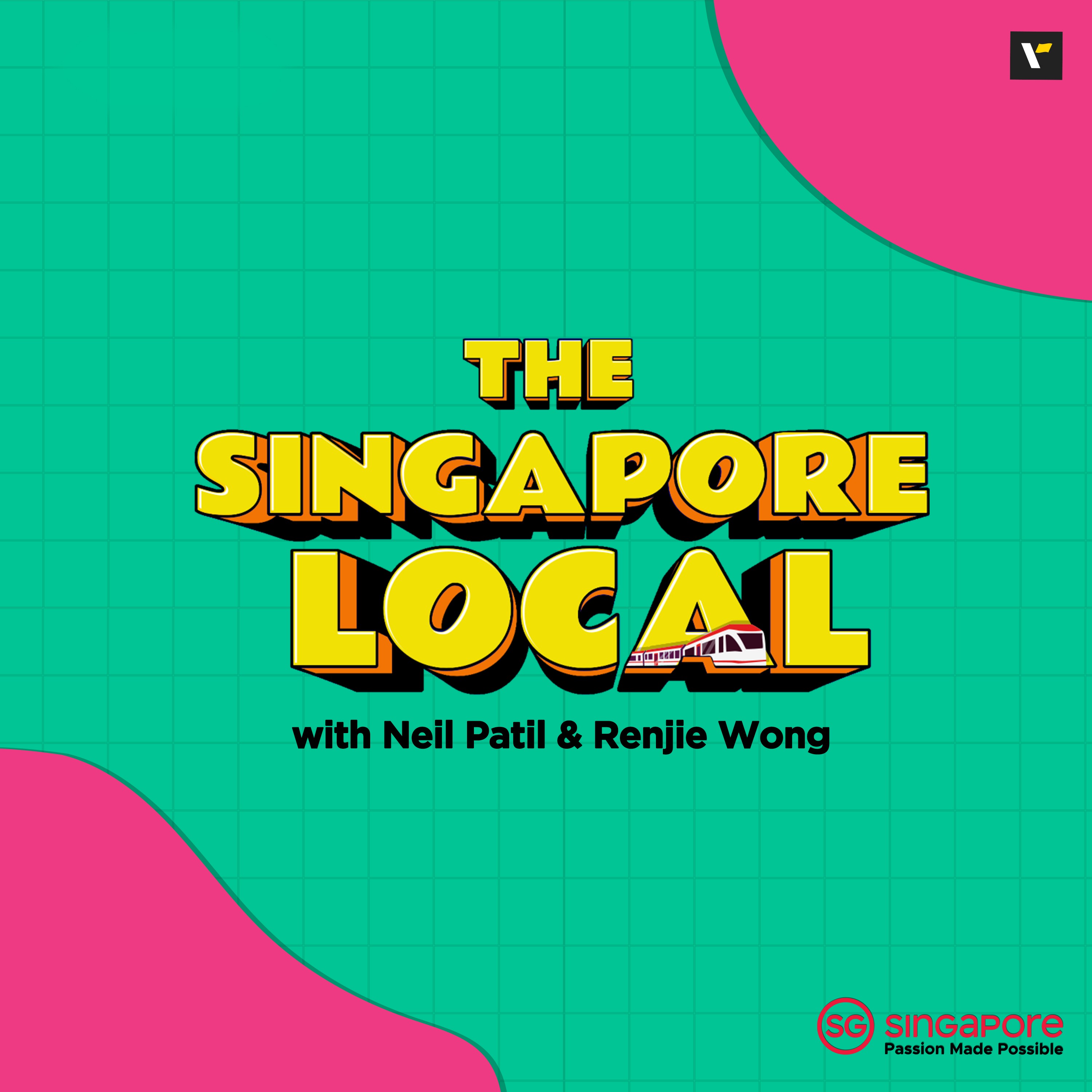

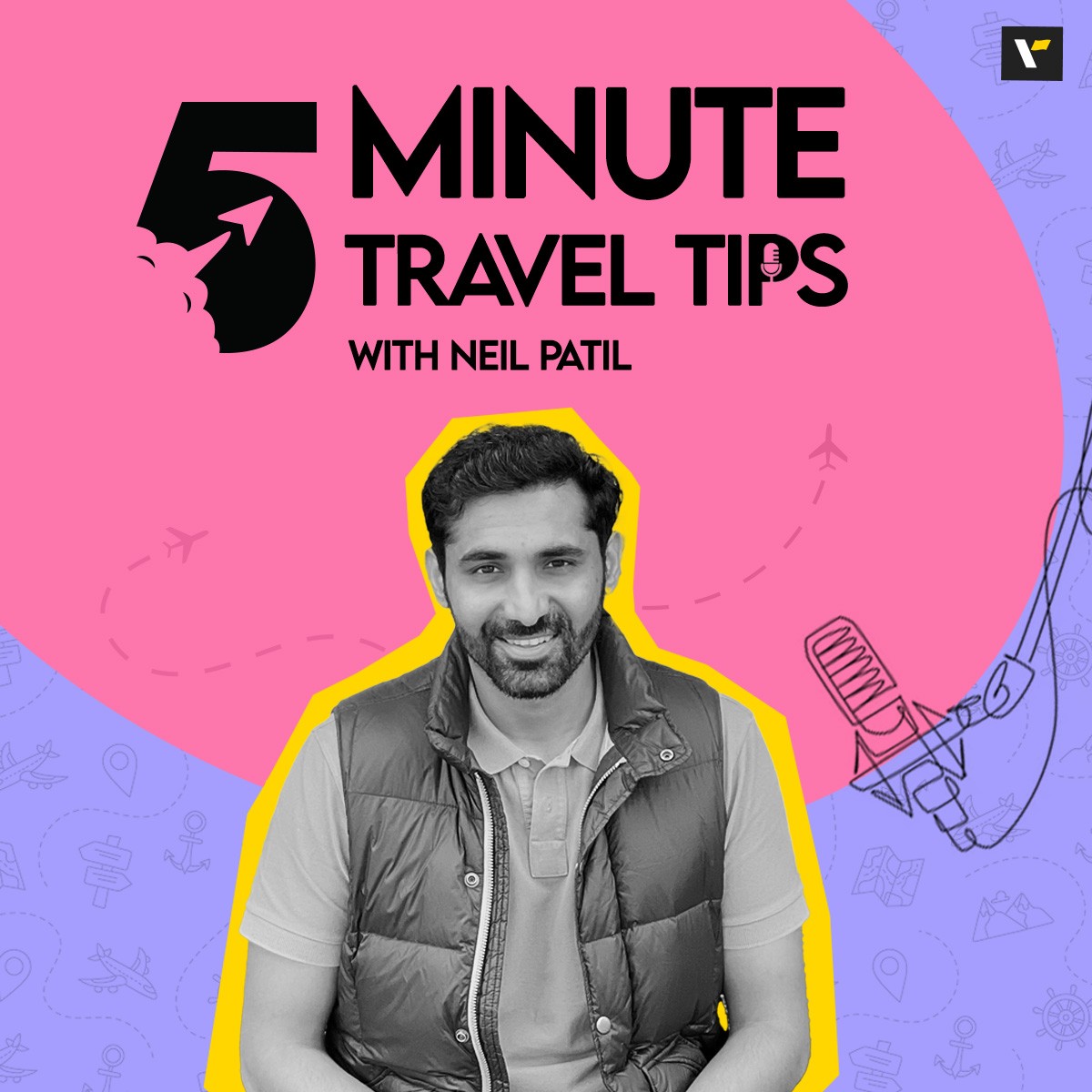




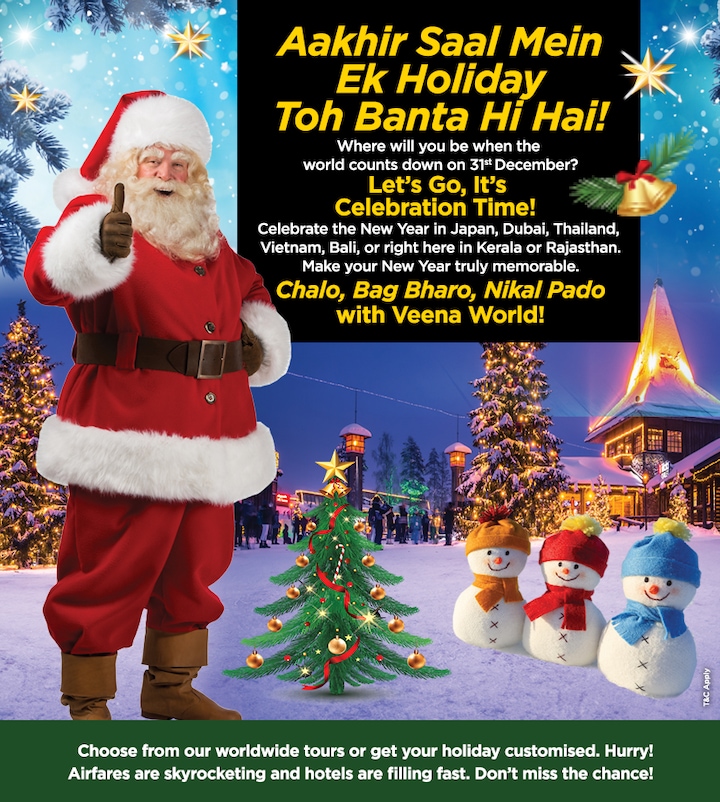



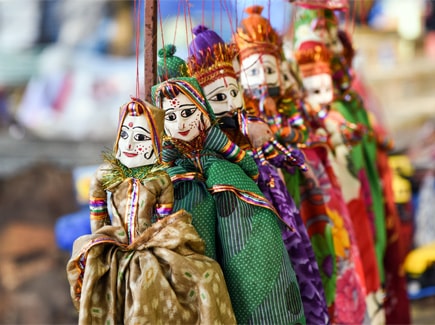
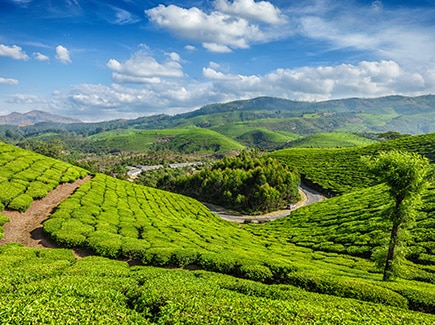
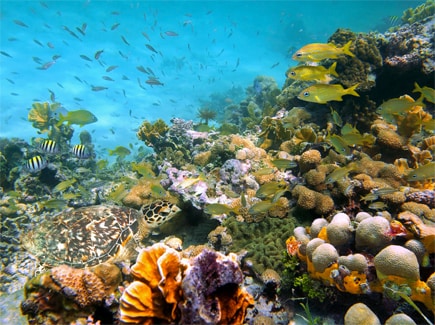
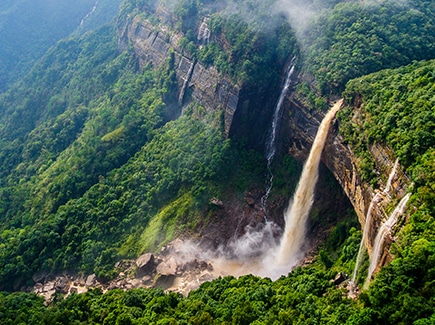
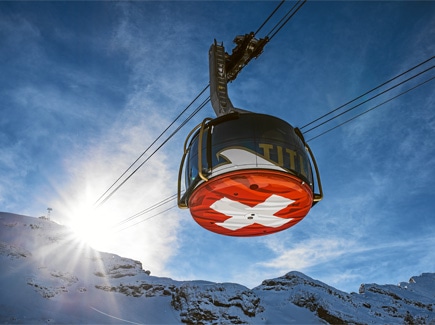
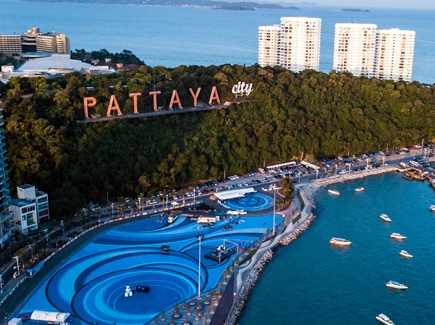
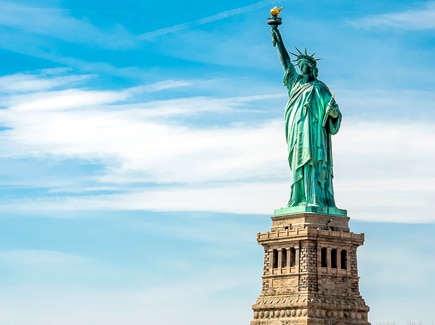
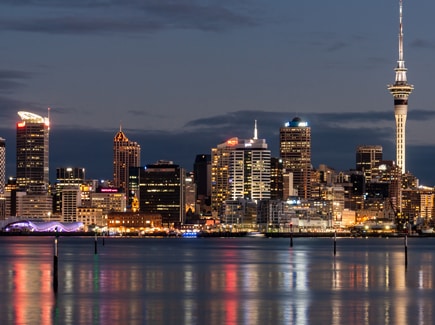


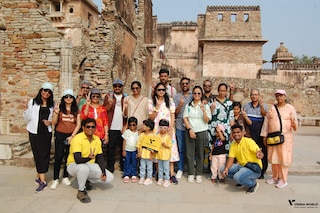
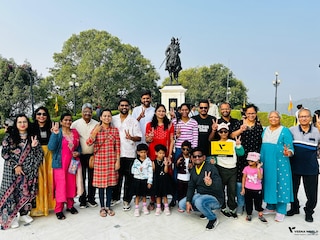
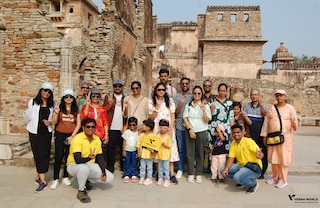
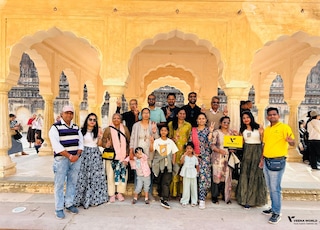
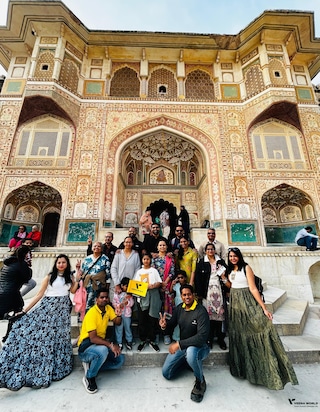


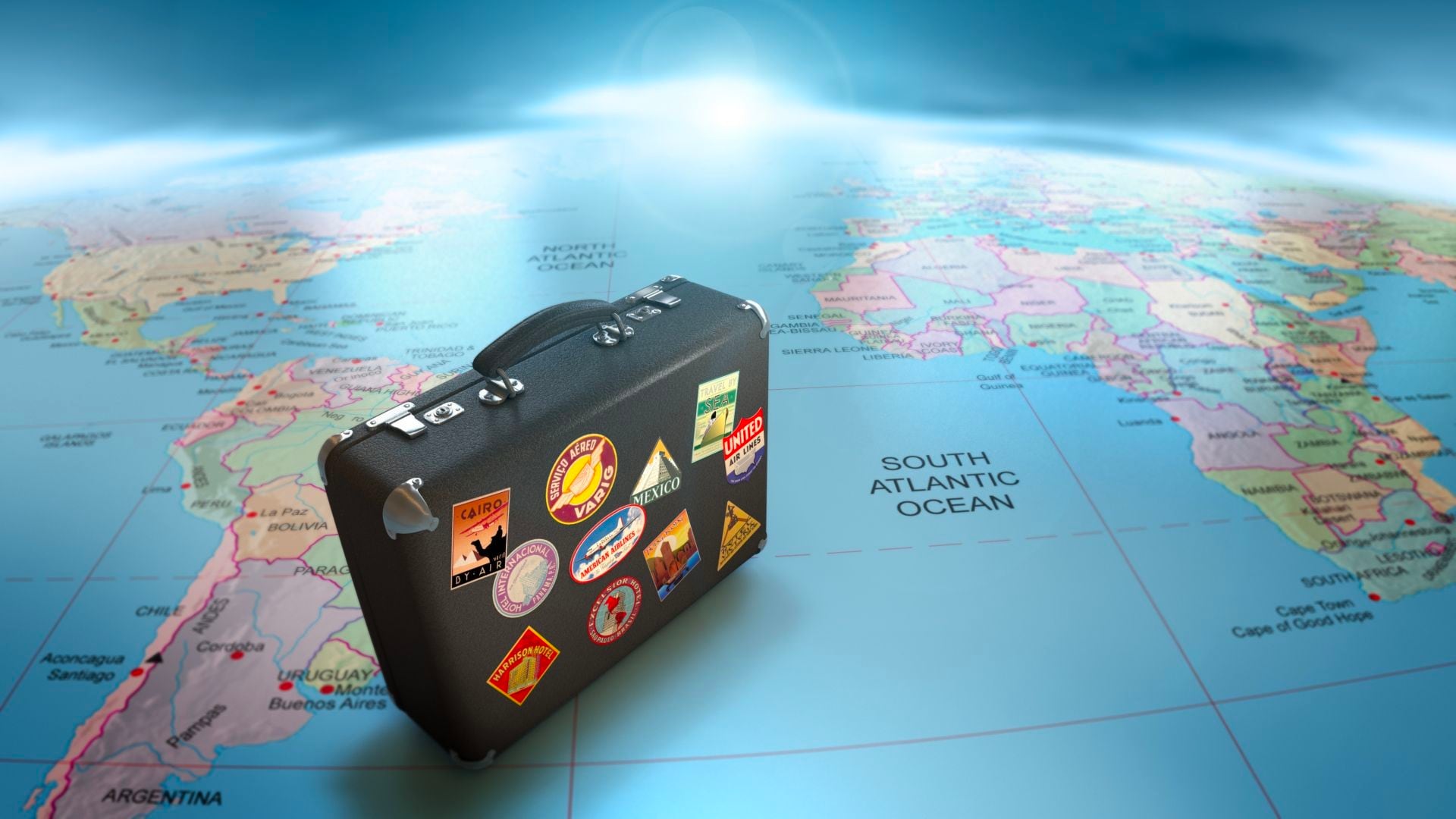

Post your Comment
Please let us know your thoughts on this story by leaving a comment.